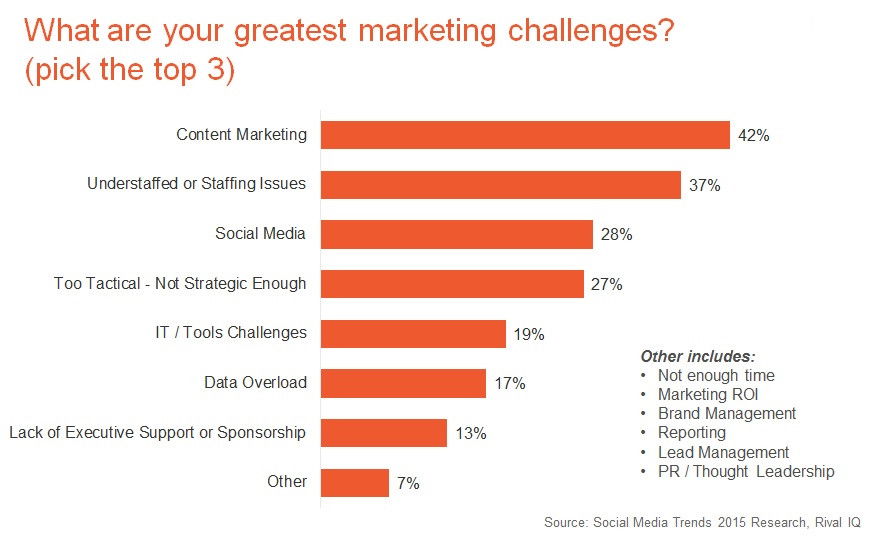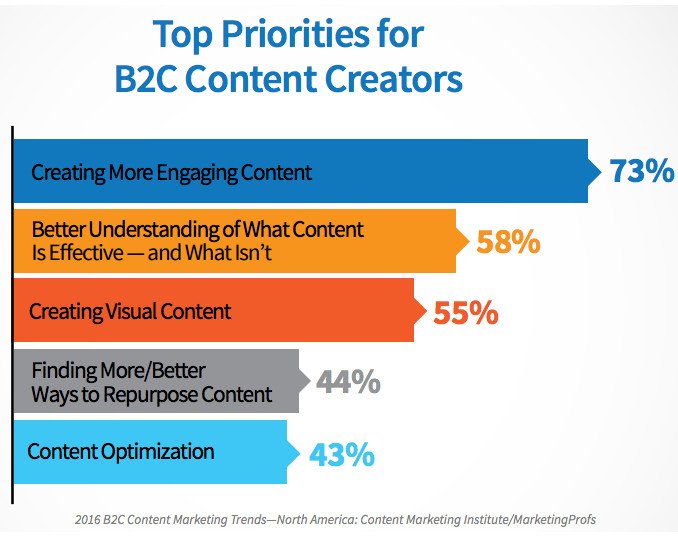How to Give Your Law Firm’s Old Content New Life
BY Dipal Parmar

LISTEN
Lawyers can find it overwhelming to keep up with constant demands to churn out content. However, there is no getting away from the fact that content marketing is necessary in today’s competitive, information-saturated world. So what is the solution? Repurposing. This simple technique can revive old content and stretch a limited marketing budget.
[s2Member-Login title="Subscriber Exclusive Content. Signup Free or Login to Read" /]
[s2If current_user_can(access_s2member_level0)]
The essence of content marketing is developing valuable content that is relevant to your audience. Repurposing is based on the idea that once useful content is produced, it can be repackaged in different formats to appeal to new audiences. The practice is designed to maximize the effort that one already puts into developing unique and informative marketing content. It involves using everything that is produced in multiple ways, whether it is a blog post or a video.
Attorneys with limited resources can benefit from reusing existing content. Not only does repurposing extend the shelf life of a piece, but it allows one to save time without having to reinvent topic ideas and create new content from scratch.

Marketing content such as reports, white papers, articles, slideshow presentations, videos, podcasts, webinars, blog posts and e-books can all be repurposed. For example, a blog post can be reformatted and published in a newsletter. A webinar can be transcribed and converted into articles and slides for sharing on SlideShare.
Blogs are a rich source of material for repurposed content. A series of related blog posts about a particular topic, like special needs trusts, can be converted into e-books. Attorneys can then distribute the e-books to potential clients on their websites and promote them on social media. Lengthy marketing material such as reports and white papers that may otherwise not be read by potential clients can be repurposed into different formats. The content can be reworked into quotes and other nuggets of information for social media, or into a series of articles.
Blog posts can also be converted into podcasts that allow people to access your law firm’s content on the go, whether it is while commuting to work or exercising. (The post may have to be modified to adopt a more conversational tone that is typical of podcasts.) Conversely, many pieces can also be transformed into blog posts. For example, video content can be transcribed and written as an engaging blog. Website visitors would then have the option of watching your video or reading the same content in blog form.
Updating existing blogs is also a form of repurposing. While some blog content from several years ago may be outdated, the rest of the information may still be relevant. Readers will appreciate the effort you made to revisit important content and keep it updated — and so will search engines. Blog content can also be republished as articles on websites like Medium and LinkedIn Pulse.
Many law firms create weekly, monthly or quarterly email newsletters about their practice areas. Newsletters are a useful vehicle to promote your law practice and maintain contact with clients. Blog posts, videos and other marketing content can be given new life by being included in the newsletter. That way email subscribers who do no regularly visit your law firm’s website can still view the content.
Content can also be repurposed for social media platforms such as Twitter and Facebook. The content can be restructured and condensed into listicles or infographics, providing yet another way to repurpose your valuable material into smaller pieces. Short, captivating posts are more likely to appeal to audiences who might not want to read lengthy content. Attorneys can still include links to the original, full-length material to drive traffic to their websites.
The possibilities for repurposing content are endless. The practice will boost your online marketing while saving valuable time and resources. There are several key factors to consider when repurposing content.
Think outside the box
There are many ways that law firms can repurpose their existing content for marketing. However, in order to be effective, attorneys should ensure that the repurposed content is informative and useful to their audience. The topic should be something that potential clients would be interested in revisiting.
Repurposing is different from recycling the original material without changes. Repurposing requires creativity. Simply repeating a piece of content without altering it to suit the medium will fail to yield the desired results.
When it comes to repurposing content, build on the topic or adopt a unique angle. For example, the idea can be linked to an upcoming season or news event. An attorney video about slip and fall accidents at ski resorts from a year ago can be repurposed into a concise blog post about winter safety tips. Key points from the video and related statistics on the number of winter slip and falls each year can then be shared as an infographic for further impact.
Be aware of your audience
Before repurposing any content, it is essential to identify the target audience. Each piece of marketing content that attorneys have was originally crafted for a unique medium. As audiences are diverse, the repurposed content will need to be adjusted and reformatted for each platform, whether it is a law firm’s website or a podcast.

In written content it is important to pay particular attention to the voice, language and tone used. For example, when repurposing a webinar into a listicle, adjust the length and wording by eliminating legal jargon and using shorter sentences for quick bites of information. People who consume listicles find short content appealing, so a lengthy piece will likely fail to capture their attention. The title of the piece should also be changed to something attention grabbing prior to publishing.
The same topic may appeal to a range of individuals. For example, a potential client might be interested in listening to a legal podcast, while another member of your target audience may prefer reading a newsletter about the latest developments in the field. However, if the content is not packaged in the right way, lawyers can risk losing valuable contacts. Content can be use on a variety of platforms to appeal to different audiences in ways you originally might not have considered.
Choose the right medium
Although there are myriad channels that attorneys can use for repurposing content, only some work best for certain types of marketing material. In order to achieve the desired outcome, one cannot simply reuse the same piece of content over and over again across every platform without any modifications. The content’s effectiveness on one platform does not guarantee the same results on another.
For example, an attorney may have presented a well-received seminar. However, posting a video of the entire 20 minute presentation online will not be appealing to potential clients who are likely to have other content competing for their attention. In order to effectively repurpose the seminar content online, the attorney can consider transcribing the main points of the talk and writing a blog post or creating slides for SlideShare.
Using different marketing channels increases the odds of reaching your potential clients multiple times. By formatting the repurposed content accordingly, it is more likely to have the desired appeal. A law firm’s content marketing needs to be versatile so that it can easily and quickly be repurposed in simple ways online. Therefore, it is important to craft content with multiple usage in mind.
Only by developing valuable, reusable content can attorneys hope to meet the ever-changing needs of potential clients amid the multiple channels and devices they use to consume it. Not only does repurposed content save attorneys time and money, but it also helps deliver a consistent brand message to targeted audiences.
[/s2If]
LATEST STORIES



